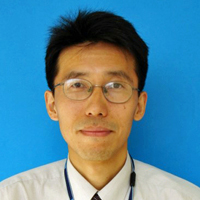 Professor
Professor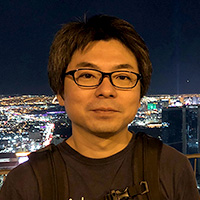 Associate Professor
Associate ProfessorMeasurement and translation techniques of bio-information from human body by electromagnetic field approach are developed. We develop minimally invasive medical devices and welfare equipment by using electromagnetic phenomena.
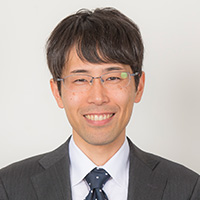 Professor
ProfessorUltrasound, whose information has been widely used for medical diagnosis, is now becoming to be used for therapy by focusing its energy into a tumor. Not only the technology to focus ultrasonic energy into non-superficial tissue to be treated but also the imaging technologies to aim the tissue and to detect its change due to treatment in real time are required. Furthermore, a tissue selective ultrasonic sensitizer, which induces therapeutic effect at lower ultrasonic intensity, can markedly improve the safety and efficiency of the ultrasonic treatment.
 Professor
ProfessorControlling metastasis remains one of the most critical challenges in cancer therapy. In particular, for patients with rapidly progressing lymph node and distant metastases, new strategies are required to achieve both strong antitumor effects and control of immune-related adverse events (irAEs). Our laboratory addresses this challenge through the following research themes:
Students in our laboratory will gain hands-on experience with a wide range of cutting-edge techniques, including bioluminescence imaging, contrast-enhanced ultrasonography, micro-CT, histopathology, and single-cell RNA sequencing (scRNA-seq). These approaches will provide a strong foundation for pursuing both fundamental and translational research in cancer biology and immunotherapy.
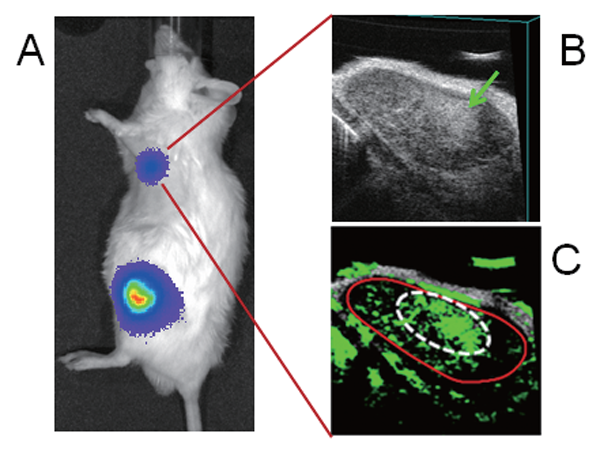
Development of early diagnostic and treatment for lymph node metastasis requires an animal model applicable to clinical trial. We have succeeded in developing the first lymph node metastasis model in which tumour cells introduced into the lymphatic circulation by direct injection into the inguinal lymph nodes induce metastasis in the axillary lymph nodes. (A) lymph node metastasis, (B) metastasis site, (C) angiogenesis captured by high-frequency ultrasound and nanobubbles
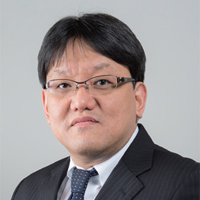 Professor
ProfessorThe aim of our researches is to contribute to the creation of highly advanced medical technology using high technology in bio-dental engineering. In our research, we will develop wireless motion capture system for human body and create reformative functional biomaterials using Ni-free Ti-based shape memory alloys or biodegradable materials. We aim to clinical applications of these new technologies though multifaceted assessments for clinical usefulness.
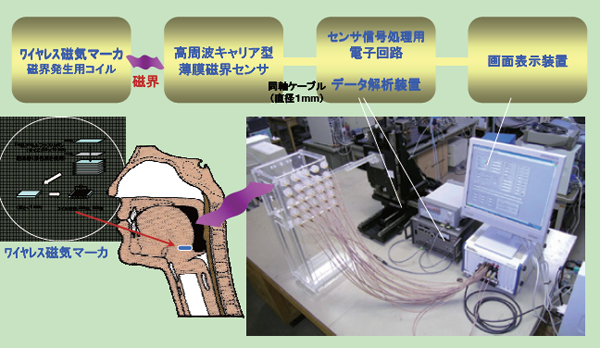
Development of deglutition evaluation system using magnetic wireless motion capture system.
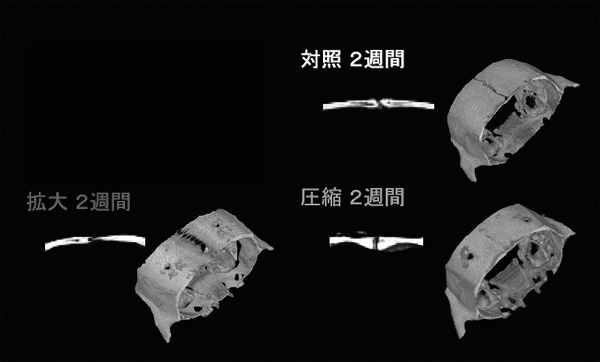
New internalized orthopedic device for craniofacial plastic surgery using Ni-free Ti-based shape memory alloy.
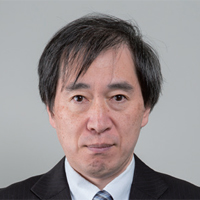 Professor
ProfessorImprovements of biofunctionalized reconstruction systems are expected in our country, which has entered the period of a “super-aging society.” Our objective is to make enhancements to hard-tissue substitution systems such as artificial hip joints and dental implants. We focus on metallic biomaterials such as titanium and Co-Cr-Mo alloys and ceramics such as calcium phosphate. We conduct a fundamental study on the process of manufacturing these materials and the control of surface and interfacial reactions under in vitro conditions on the basis of the physical chemistry. Furthermore, we carry out an application study on the development of surface modification processes and suitable materials for use in the fabrication of artificial hip joints showing improved biocompatibility with bones.
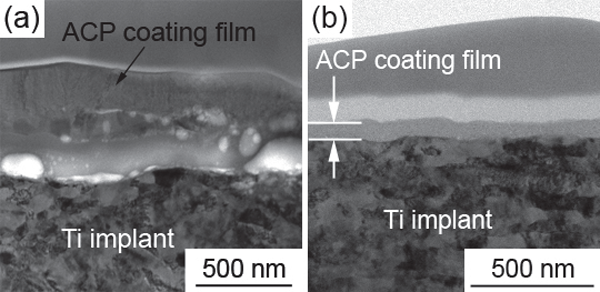
Cross section of amorphous calcium phosphate (ACP) coating film fabricated by RF magnetron sputtering (a) before and (b) after 1 week implantation.
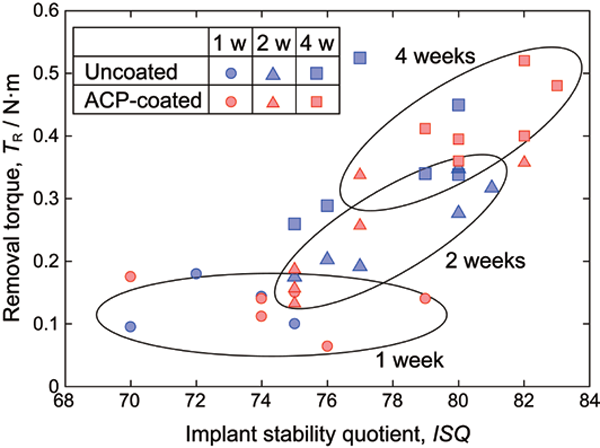
Relationship between ISQ and removal torque of ACP-coated and uncoated implants from the femur, 1, 2, and 4 weeks after implantation.
 Professor
ProfessorMaterials processing by molecularly understanding biofunctions in biological systems plays a pivotal role in designing biofunctional materials for advanced medicine, such as regenerative medicine and drug delivery systems. Our objective is to molecularly understand biofunctions in biological systems to create novel biofunctional materials as well as to pursue fundamental researches on organic-inorganic hybrids and soft materials to be applied for biological systems. Based on the fundamental findings, we design and synthesize biofunctional materials, such as hydrogels, peptides, polymeric particles, stimuli-responsive polymers, and their hybrids with inorganic materials, and investigate their applications for regenerative medicine and drug delivery systems.
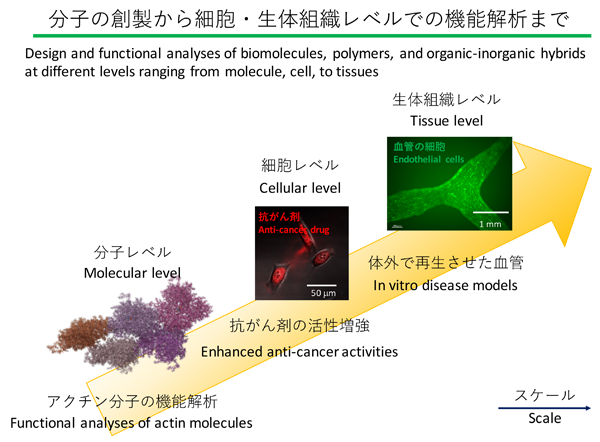
Development of biofunctional materials process for regenerative medicine and drug delivery systems